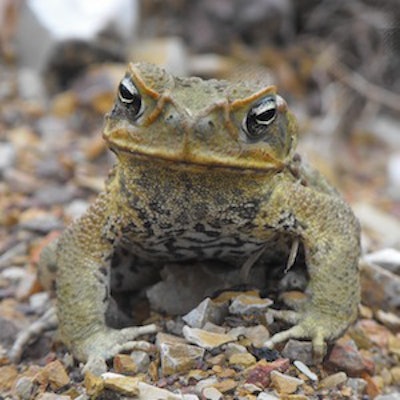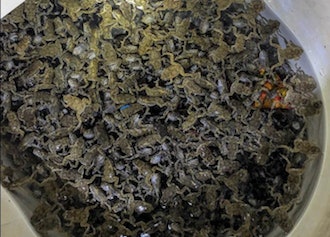
 Photo provided by Jennie Quasha
Photo provided by Jennie Quasha
Case in point, the great cane-toad invasion of Palm Beach Gardens, Fla., began, according to one resident, with a few toads in her pool on March 21. “We weren’t sure what they were, so we removed them,” she told The Palm Beach Post. “Friday morning, it was like a mass exodus of toads. Baby toads.”
 Photo provided by Jennie Quasha
Photo provided by Jennie Quasha
Cane toads were deliberately introduced from South and Central America in the 1930s as a means to control beetles damaging the sugarcane crop, which is how they got the name “cane toads.” It is believed that escaped pets likely helped establish the current population.
In the case of the Palm Beach Gardens invasion, the cause was an undisturbed lake in the neighborhood where there was nothing to bother the toad eggs and tadpoles. As a result, nearly all of them had metamorphosed into toads which then hopped en masse into yards and pools.

































